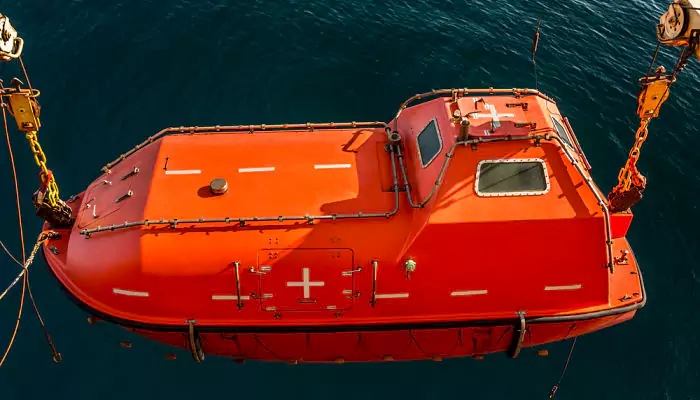Everyone who has some Safety-at-Sea experience knows that in a marine rescue situation, time in the water is a key factor in crew survival, so in many cases, a successful rescue operation is determined by timely and accurate location information.
The existing Radar SARTs have served the Maritime Community well for many years, but over time a few shortcomings have become apparent. The biggest of these are reduced performance in bad weather and the requirement of line of sight.
In recent years there has been a rapid growth in the adoption of Maritime AIS systems, not only in the mandated GMDSS Vessels but also by the light craft and leisure market, due to the introduction of low-cost AIS Receivers, such as the McMurdo M15.
The wide adoption of AIS has positioned it as an integral tool for many marine operators, as it is extensively used for collision avoidance, security, traffic management, pilotage, ship to ship identification, and search & rescue. From this standpoint, it makes perfect sense that the AIS based Search and Rescue Safety Devices would become the industry standard, as they not only provide the propagation advantages of the VHF Radio spectrum but also greater positional clarity for Rescue Teams. This positional clarity comes from the advantage that the AIS SART can transmit the GPS location of the distress signal to all nearby craft, and this added GPS information can make all the difference in the rescue response time.
Surprisingly, the new generation of AIS SARTs also have a lower cost of ownership due to the longer battery life than the traditional Radar SARTs.
In the second half of 2020, the AIS SART not only is the preferred choice for the safety of your crews, but also the financially beneficial choice.
If you would like to find out more about AIS SARTs or low-cost AIS Receivers, please complete the form below.


Recent Comments